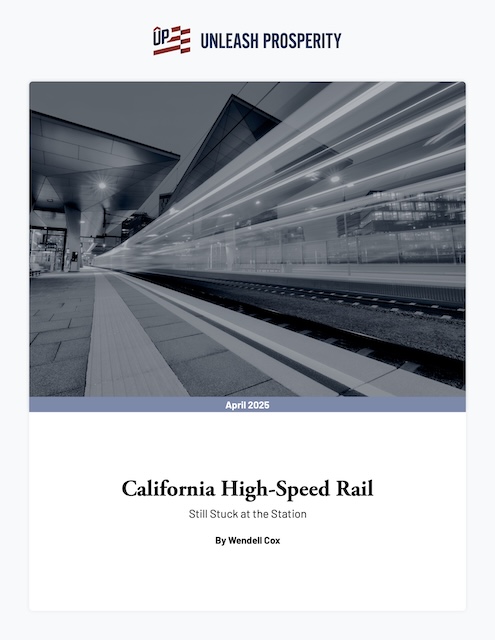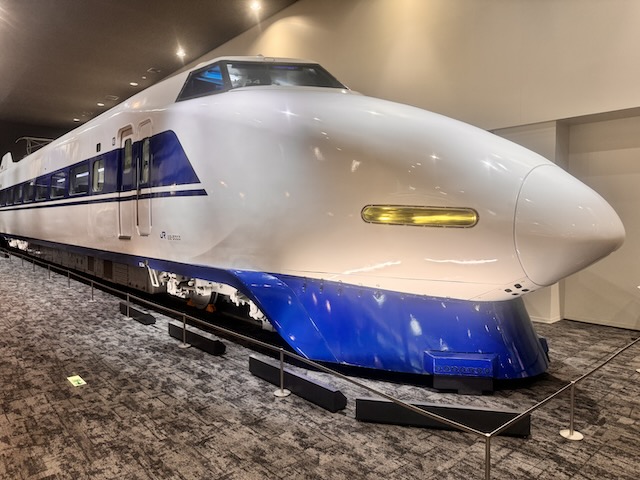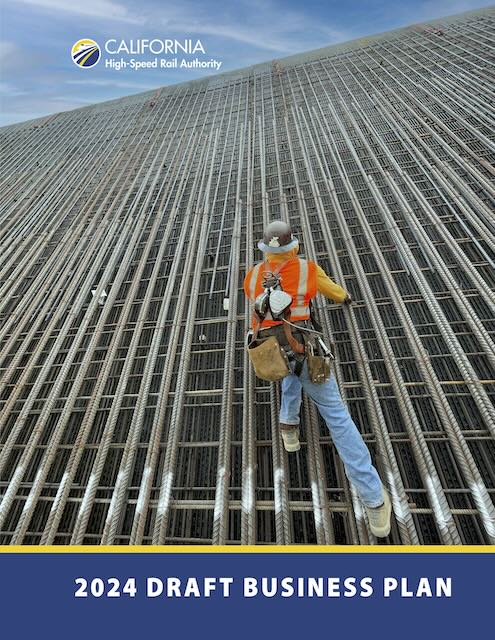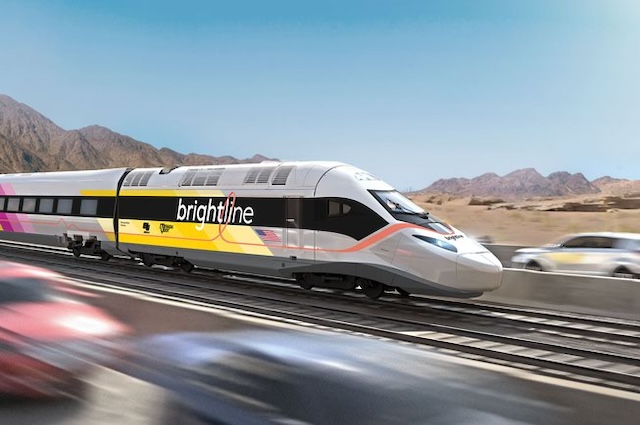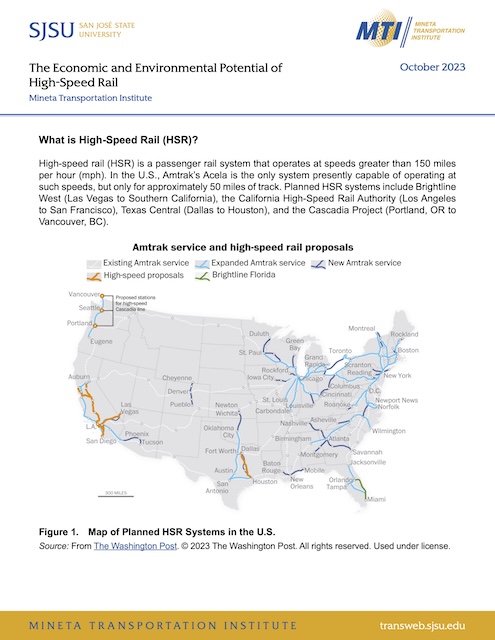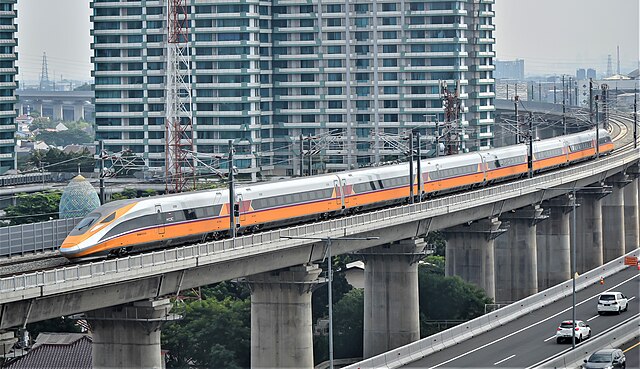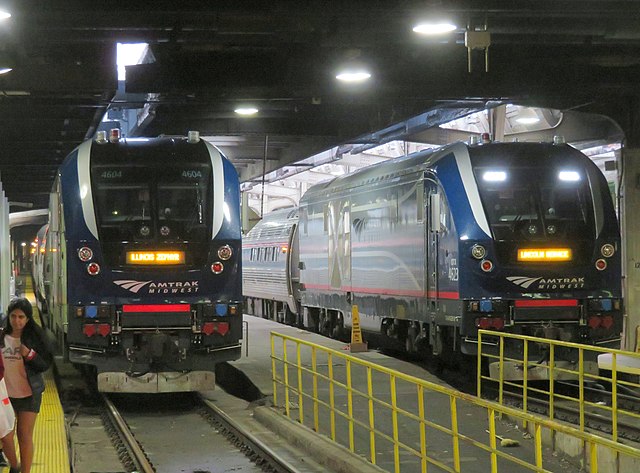New York University’s Transit Costs Project has been asking the question, “Why do U.S. transit projects cost so much more than similar projects in Europe, Asia, and South America?” A recent report from the project proposes to significantly speed up trains in Amtrak’s Northeast Corridor for only $12.5 billion (plus another $4.5 billion for new rolling stock), which is far less than Amtrak’s proposal to spend at least $110 billion in the same corridor.
Amtrak’s plan called for building a new line for the entire 457 miles between Boston and Washington. The Transit Cost Project’s plan instead proposes to fix specific bottlenecks on the current line. The result, says the project, would be trains that could travel between New York and either Boston or Washington in less than two hours, as opposed to 3 hours (New York-Washington) to 3-2/3 hours (New York-Boston) today. Continue reading


